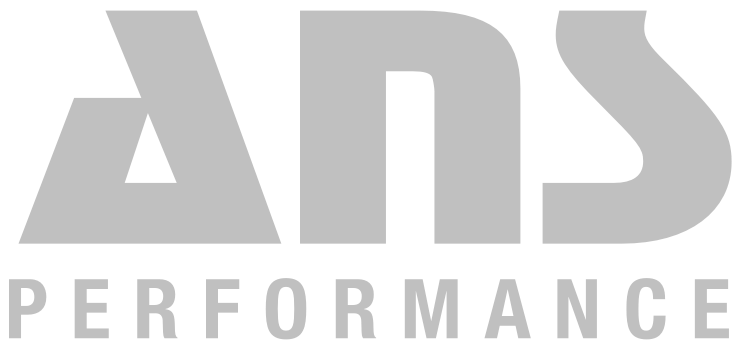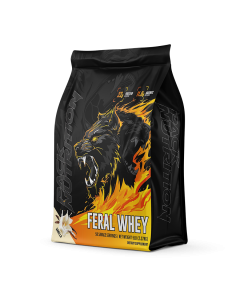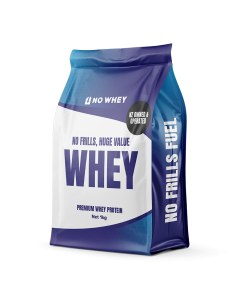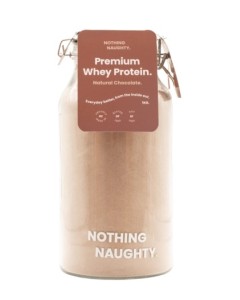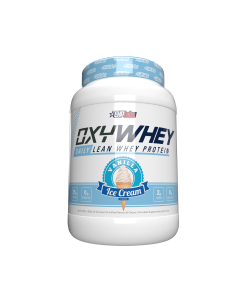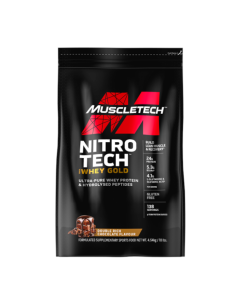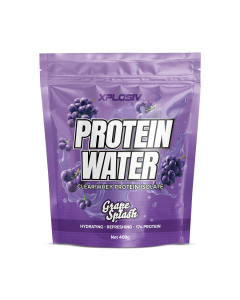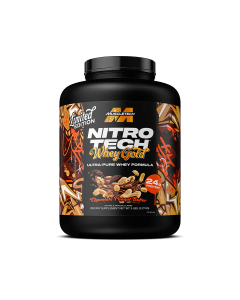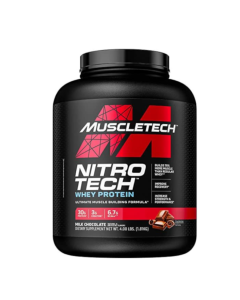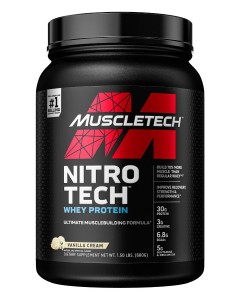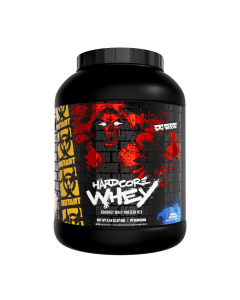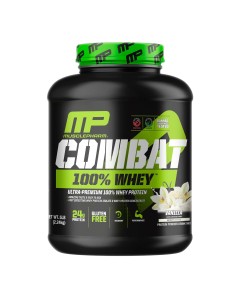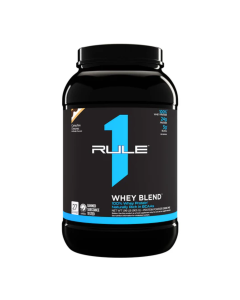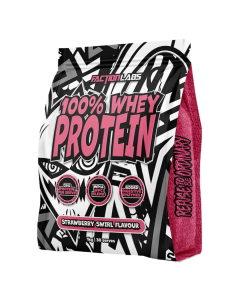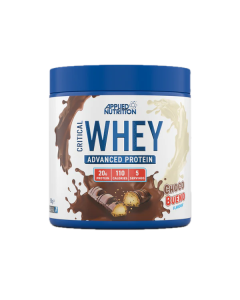Whey Protein
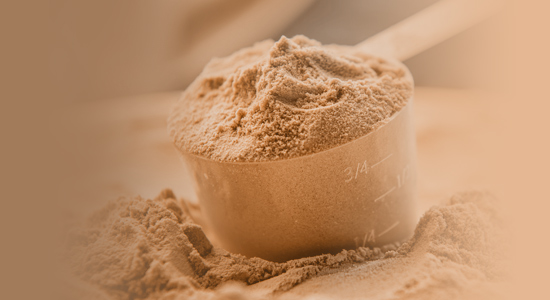
A quick-release protein, ideal post-workout or for someone looking to quickly top up their protein intake and maximize recovery.
What is whey protein?
Whey protein is the fastest absorbing and most popular form of protein currently available in the supplement industry. It is primarily used as a tool for post-workout recovery but is often used as a meal replacement or for those who are dieting, as a delicious drink to satiate sweet-tooth cravings.
Supplementing with whey protein has been shown to improve recovery from training, increase muscle mass as well as strength.
Why should I take whey protein?
Whey protein is an excellent supplement that can result in improved recovery which in return leads to greater muscle mass and increased strength. When you exercise, you are tearing the muscle fibres apart, as you recover through your diet and sleep, these muscle fibres repair larger and stronger than before.
By supplementing with whey protein powder, this will cause a spike in muscle protein synthesis which results in more rapid recovery. It is also a great way to ensure you are hitting your required protein intake and can serve as a convenient way to consume calories during the day.
How is whey protein made?
Whey protein is made from cows milk. The milk is heated and separated between liquids and solids, these solids that have coagulated are used to produce casein and cheese, the liquid leftover is whey. This liquid is filtered and powdered to form whey protein as we know it.
What is the difference between whey protein and a mass gainer?
Whey protein powders are far lower in calories than mass gainers. Mass gainers are high-calorie protein shakes that contain additional carbohydrates, healthy fats and even muscle-building ingredients like creatine.
Whey protein powder is very low in carbohydrates, usually between only 1-2G per serving with a very low amount of fat content as well, with the absence of muscle-building ingredients such as creatine. Due to fewer calories to digest as well as fewer carbohydrates and fats, whey protein is easier to digest than a mass gainer.
The majority of mass gainers do contain whey protein, however, this is usually the cheapest variant of whey in the form of whey protein concentrate. Mass gainers usually have several forms of protein present such as casein and milk protein to offer an extended-release of absorption.
What are the different types of whey protein?
There are 3 types of whey protein, these are whey concentrate, whey hydrolysate and whey isolate.
Whey Protein Concentrate (WPC):
Whey concentrate is the cheapest and most common form of whey protein. Whey concentrate simply has not gone through the same level of filtration as whey hydrolysate or isolate. It is for this reason that whey concentrate is usually higher in carbohydrate, fat and lactose content. Although whey concentrate is not the cleanest form of protein, it can still help produce fantastic results, when it comes to the amino acid profile amongst the different forms of protein, the overall amino acid profile is near identical between the three.
If you are not restrictive of calories and are not sensitive to dairy and wish to increase your protein content as cheap as possible, then whey concentrate is an excellent option for you to consider.
Whey Protein Hydrolysate (WPH):
Whey hydrolysate often referred to as “Hydrolyzed whey” is the fastest absorbing form of protein. This form of the protein has been further broken down to the point that is labelled as “pre-digested”. This results in very rapid absorption and is popular amongst athletes with a rigorous training routine.
As with whey isolate, hydrolyzed whey is often lower in carbohydrates, fat and lactose than its concentrate counterpart. For this reason, it is excellent for those requiring close monitoring of macronutrients as well as those who require as little lactose as possible. If you want the best you can get, regardless of price, this protein is the one for you.
Whey Protein Isolate (WPI):
Whey isolate is a prevalent form of protein powder, and it is often the primary or secondary source present in protein powders. This is a great way for manufacturers to provide a high-quality product, at an affordable price.
100% Whey isolate is also available to consumers, this contains zero whey concentrate and as a result is lower in carbohydrates, fat, and lactose content than its concentrate counterparts. This makes it a fantastic option for those who are dieting or require greater control of their macronutrient intake. This is also a superior choice for those who are sensitive to lactose or anyone looking to minimise dairy intake as whey isolate has gone through an additional filtration process to minimise lactose content, this leads to easier digestibility for the body as well as skin.

